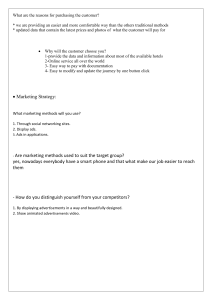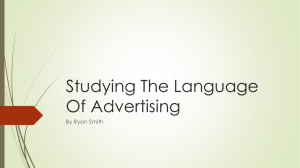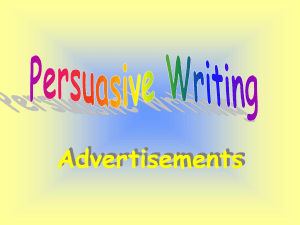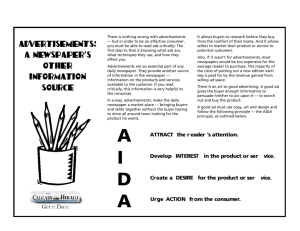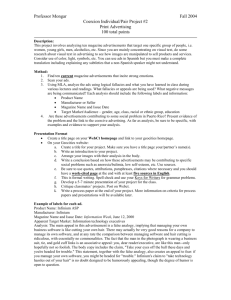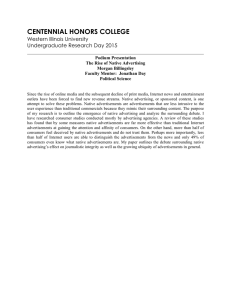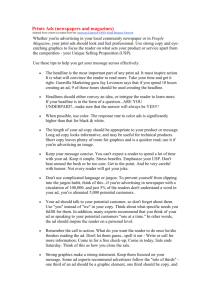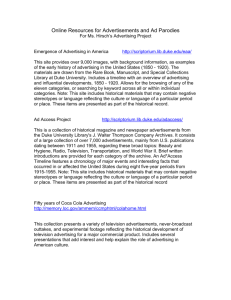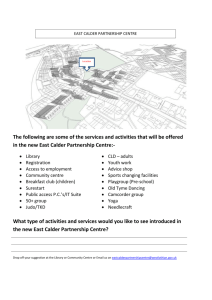Media Transportation and Advertising
advertisement
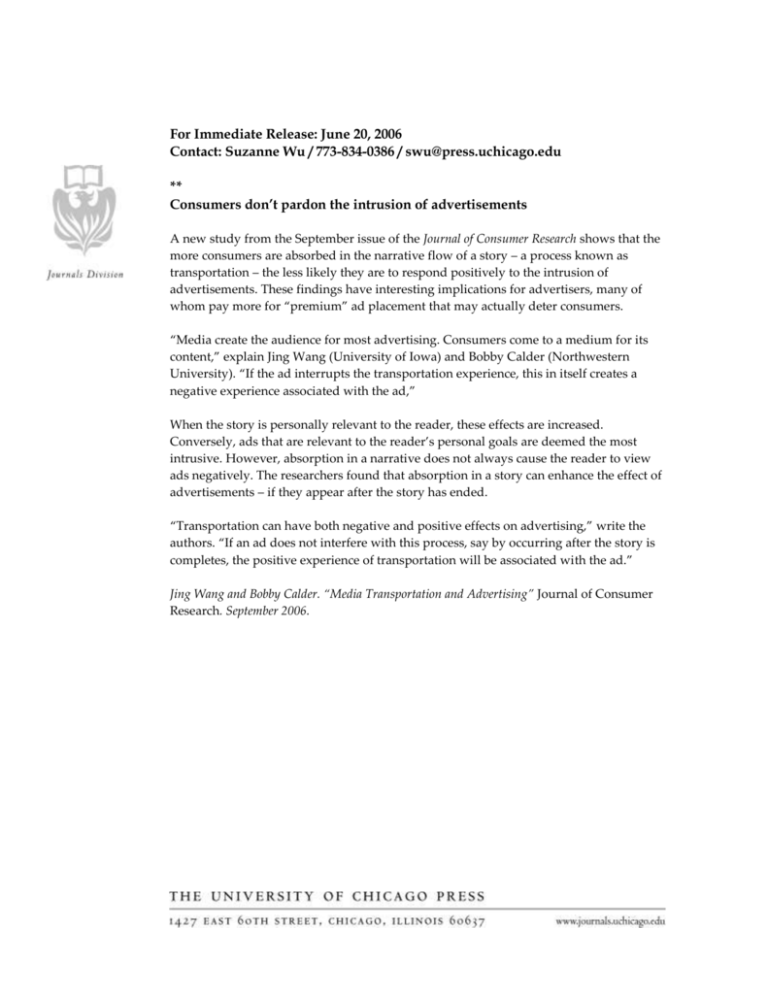
For Immediate Release: June 20, 2006 Contact: Suzanne Wu / 773-834-0386 / swu@press.uchicago.edu ** Consumers don’t pardon the intrusion of advertisements A new study from the September issue of the Journal of Consumer Research shows that the more consumers are absorbed in the narrative flow of a story – a process known as transportation – the less likely they are to respond positively to the intrusion of advertisements. These findings have interesting implications for advertisers, many of whom pay more for “premium” ad placement that may actually deter consumers. “Media create the audience for most advertising. Consumers come to a medium for its content,” explain Jing Wang (University of Iowa) and Bobby Calder (Northwestern University). “If the ad interrupts the transportation experience, this in itself creates a negative experience associated with the ad,” When the story is personally relevant to the reader, these effects are increased. Conversely, ads that are relevant to the reader’s personal goals are deemed the most intrusive. However, absorption in a narrative does not always cause the reader to view ads negatively. The researchers found that absorption in a story can enhance the effect of advertisements – if they appear after the story has ended. “Transportation can have both negative and positive effects on advertising,” write the authors. “If an ad does not interfere with this process, say by occurring after the story is completes, the positive experience of transportation will be associated with the ad.” Jing Wang and Bobby Calder. “Media Transportation and Advertising” Journal of Consumer Research. September 2006.

